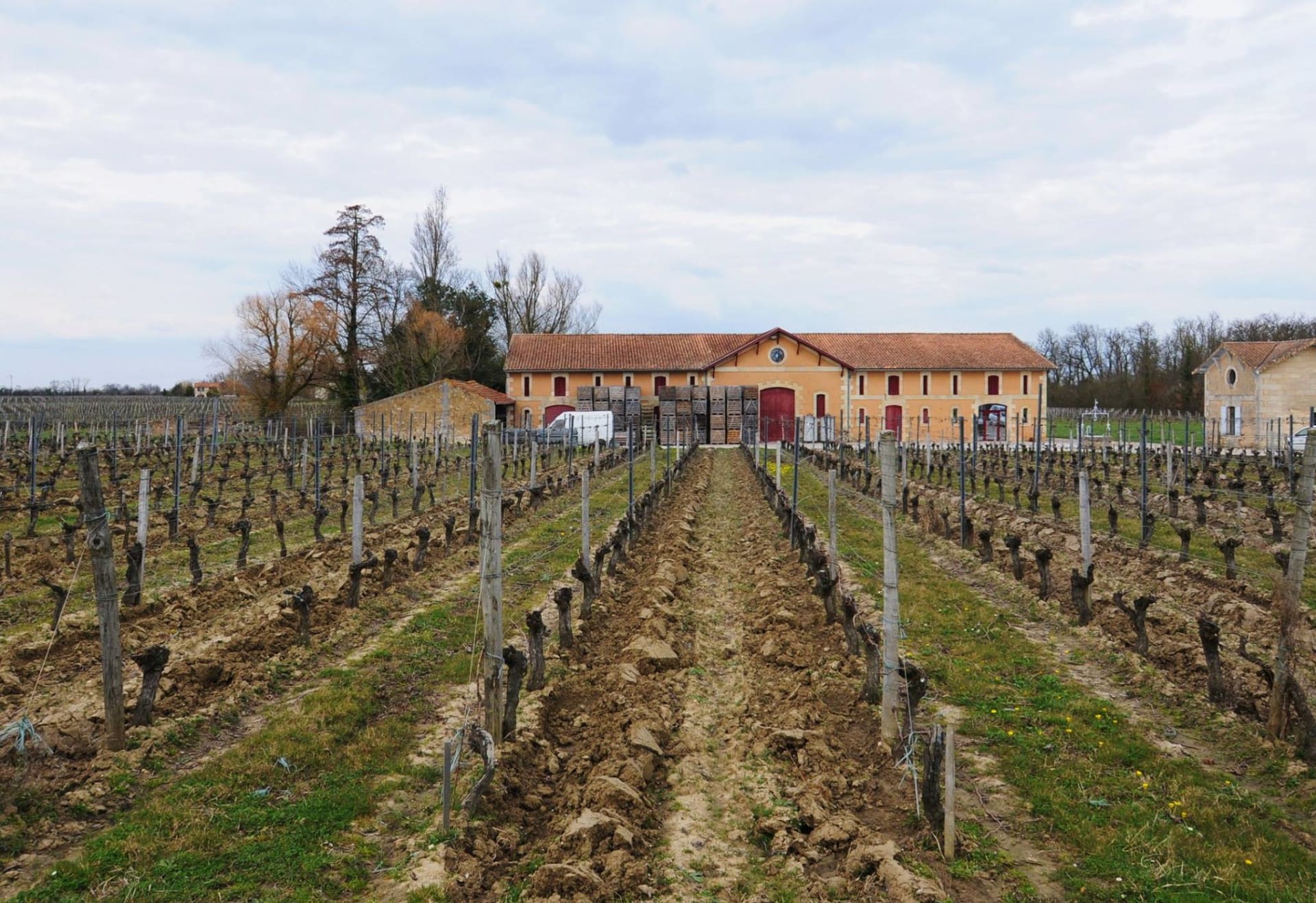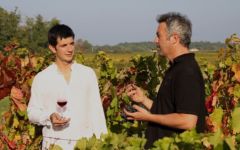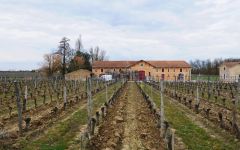Chateau Haut-Colombier Blanc 2019



Product Details
Your Rating
Somm Note
Winemaker Notes
Blend: 60% Sauvignon Blanc, 30% Semillon, 10% Muscadelle
Other Vintages
2022-
James
Suckling -
Wilfred
Wong
-
Wilfred
Wong
-
Wilfred
Wong






Château Haut Colombier is located in the Blaye – Côtes de Bordeaux appellation on the highest hill point of the area. The estate is owned and managed by two dynamic brothers - Olivier and Emmanuel Chéty, whose family has been making wine in the region since 1803. Both of these young men gained extensive winemaking experience in different regions of France and in Australia before returning to their family wine estate and investing that knowledge in their own vineyards.
They acquired this estate in 1991 and have worked tirelessly in improving the quality of the wine. Their quest for quality and respect of the vines, the terroir, meteorological variations, and the influence of the moon, has led them to adopt sustainable agricultural and biodynamic practices to grow the purest grapes possible. If a vintage is not deemed to be of their standards of quality, they will not make a wine. The name Colombier is the Dove House that is located on the property.
Organic practices are applied in the vineyard with no use of chemical fertilizers, pesticides or herbicides. Minimum intervention in the vineyard and cellar. All grapes are hand harvested. Use of indigenous yeast. After the natural alcoholic fermentation, the wine is aged cement tanks, amphoras and French oak barrels.
Estate grown and bottled. Certified Organic and Vegan. Biodynamic practices. 4,000 cases produced annually.

Sometimes light and crisp, other times rich and creamy, Bordeaux White Blends typically consist of Sauvignon Blanc and Semillon. Often, a small amount of Muscadelle or Sauvignon Gris is included for added intrigue. Popularized in Bordeaux, the blend is often mimicked throughout the New World. Somm Secret—Sauternes and Barsac are usually reserved for dessert, but they can be served before, during or after a meal. Try these sweet wines as an aperitif with jamón ibérico, oysters with a spicy mignonette or during dinner alongside hearty Alsatian sausage.

One of the most important wine regions of the world, Bordeaux is a powerhouse producer of wines of all colors, sweetness levels, and price points. Separated from the Atlantic Ocean by a coastal pine forest, this relatively flat region has a mild maritime climate, marked by cool wet winters and warm summers. Annual weather differences create significant vintage variations, making Bordeaux an exciting French wine region to follow.
The Gironde estuary, a defining feature of Bordeaux, separates most of the region into the Left Bank and the Right Bank. Farther inland, where the Gironde splits into the Garonne and Dordogne Rivers, the bucolic, rolling hills of the area in between, called Entre-Deux-Mers, is a source of great quality, approachable reds and whites.
The Left Bank, dominated by Cabernet Sauvignon, contains the Médoc, Graves, and Sauternes, as well as the region’s most famous chateaux. Merlot is important here as the perfect blending grape for Cabernet Sauvignon adding plush fruit and softening Cabernet's sometimes hefty tannins. Cabernet Franc, Petit Verdot and Malbec may also be used in the Left Bank Bordeaux wine blends.
Merlot is the principal Bordeaux wine variety of the Right Bank; Cabernet Franc adds structure and complexity to Merlot, creating wines that are concentrated, supple, and more imminently ready for drinking, compared with their Left Bank counterparts. Key appellations of the Right Bank include St. Emilion and Pomerol.
Dry and sweet Bordeaux white wines are produced throughout the region from Sauvignon Blanc, Sémillon, and sometimes Muscadelle or Sauvignon Gris. Some of the finest dry whites can be found in the Graves sub-appellation of Pessac-Léognan, while Sauternes is undisputedly the gold standard for sweet wines. Small amounts of rosé and sparkling Bordeaux wines are made in the region as well.
